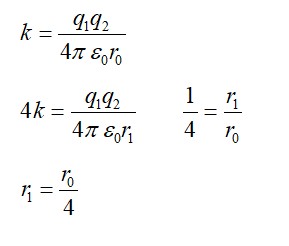13.21 From the relation R =
, whereR 0
13.21 From the relation R =
, where
-
1 Answer
-
13.21 We have the expression for nuclear radius as:
R =
R 0 A 1 / 3 Where
R 0 A = mass number of nucleus
Let m be the average mass of the nucleus, hence mass of the nucleus = mA
Nuclear matter density
ρ ρ = M a s s o f t h e n u c l e u s V o l u m e o f t h e n u c l e u s m A 4 3 π R 3 3 m A 4 π ( R 0 A 1 3 ) 3 3 m A 4 π R 0 3 A 3 m 4 π R 0 3 Hence, the nuclear mass density is independent of A. It is nearly constant
Similar Questions for you
Q = [4 *4.0026 – 15.9994] *931.5 MeV
Q = 10.2 MeV
for B,
for B,
Taking an Exam? Selecting a College?
Get authentic answers from experts, students and alumni that you won't find anywhere else
Sign Up on ShikshaOn Shiksha, get access to
- 65k Colleges
- 1.2k Exams
- 682k Reviews
- 1800k Answers


